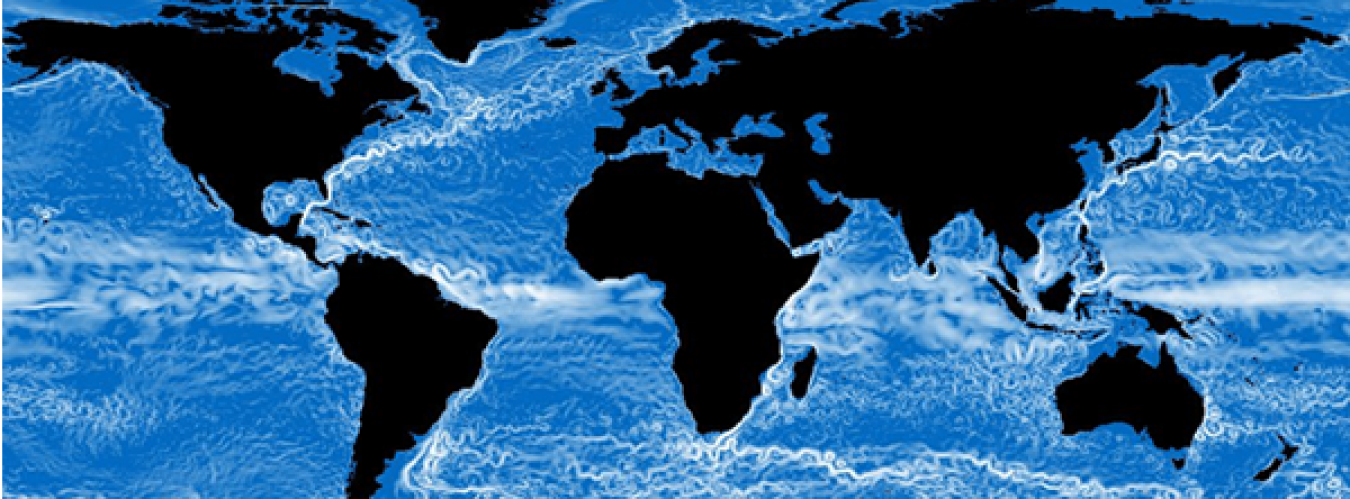Bob Marsh and Ivan Haigh, together with colleagues in the National Oceanography Centre, have recently published a paper in Ocean Sciences. The paper looks at the European Slope Current and associated flows into the North Sea. The paper can be accessed here and the abstract is below:
Abstract. Drifters drogued at 50 m in the European Slope Current at the Hebridean shelf break follow a wide range of pathways, indicating highly variable Atlantic inflow to the North Sea. Slope Current pathways, timescales and transports over 1988–2007 are further quantified in an eddy-resolving ocean model hindcast. Particle trajectories calculated with model currents indicate that Slope Current water is largely ”recruited” from the eastern subpolar North Atlantic. Observations of absolute dynamic topography and climatological density support theoretical expectations that Slope Current transport is to first order associated with meridional density gradients in the eastern subpolar gyre, which support a geostrophic inflow towards the slope. In the model hindcast, Slope Current transport variability is dominated by abrupt 25–50 % reductions of these density gradients over 1996–1998. Concurrent changes in wind forcing, expressed in terms of density gradients, act in the same sense to reduce Slope Current transport. This indicates that coordinated regional changes of buoyancy and wind forcing acted together to reduce Slope Current transport during the 1990s. Particle trajectories further show that 10–40 % of Slope Current water is destined for the northern North Sea within 6 months of passing to the west of Scotland, with a clear decline in this Atlantic inflow over 1988–2007. The influence of variable Slope Current transport on the northern North Sea is also expressed in salinity, which declines through the hindcast period, and there is evidence for a similar freshening trend in observational records. A proxy for Atlantic inflow may be found in sea level records. Variability of Slope Current transport is implicit in mean sea level differences between Lerwick (Shetland) and Torshavn (Faeroes), in both tide gauge records and a longer model hindcast spanning 1958–2013. Potential impacts of this variability on North Sea biogeochemistry and ecosystems, via associated changes in seasonal stratification and nutrient fluxes, are discussed.

